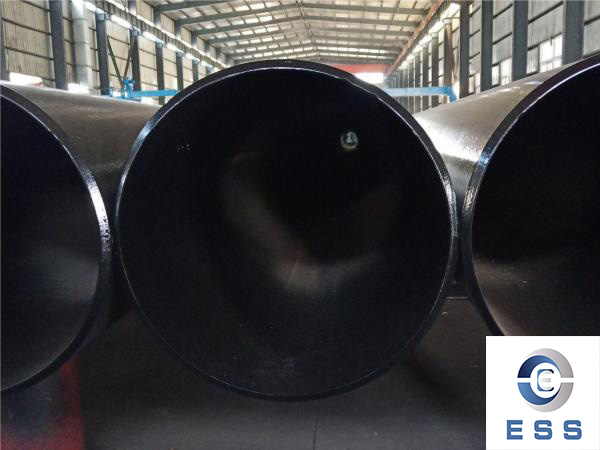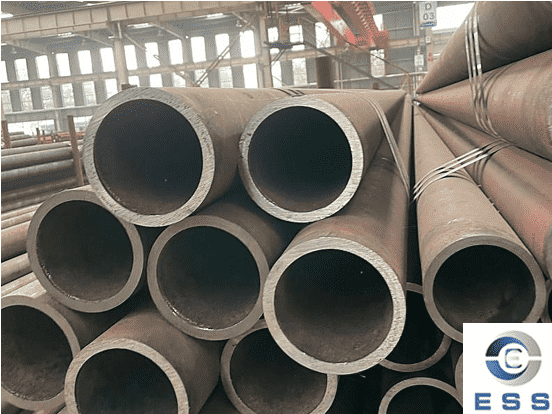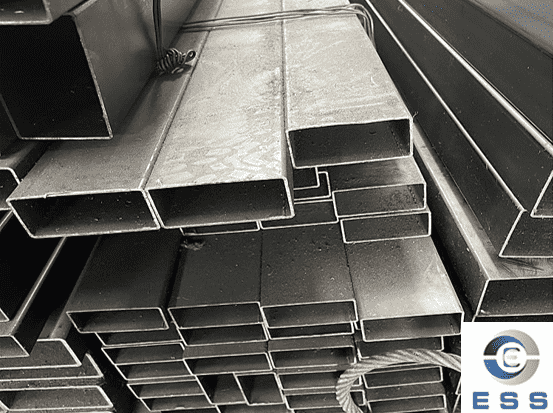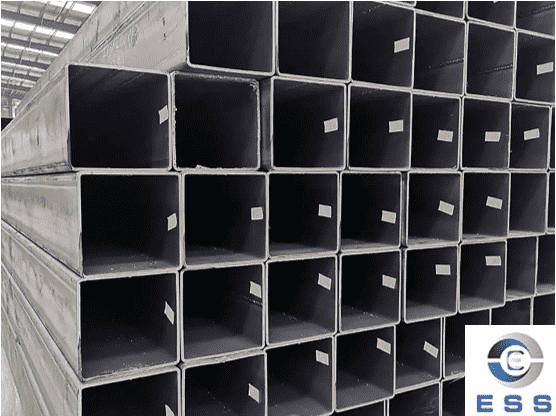Breaking Down the Welding Techniques in ERW Pipe Production
Welding is an essential process in the production of different items, and when it concerns producing pipes, welding methods play a critical function in figuring out the quality and durability of the end product. Electric Resistance Welding (ERW) is one of the most typical methods used for pipe production. In this short article, we will explore the intricacies of ERW pipe production and explore the different welding techniques associated with the procedure.

Comprehending ERW Pipe Production: Electric Resistance Welding (ERW) is an extensively utilized method for manufacturing pipelines, particularly in the production of carbon steel and stainless steel pipes. The procedure involves the use of electrical energy to generate heat, which is then utilized to join the edges of a flat steel strip, forming a round shape.
ERW pipelines are understood for their high strength, uniformity, and cost-effectiveness, making them appropriate for various applications such as water pipelines, oil and gas transport, structural applications, and more. The ERW pipe production process can be broken down into several key phases, with welding being an important step that identifies the integrity of the final product.
Various Welding Methods in ERW Pipe Manufacturing:
1.High-Frequency Welding (HFW):. High-Frequency Welding, commonly abbreviated as HFW, is one of the primary methods utilized in ERW pipe manufacturing. It includes passing a high-frequency current through the edges of the steel strip, triggering them to heat and melt. Once the edges are in a molten state, they are pressed together to form a bond. The resulting weld is characterized by its strong joint and relatively very little heat-affected zone. The effectiveness of HFW depends on its capability to accomplish a quick welding speed, making it appropriate for high-volume production. Nevertheless, control over the welding process is crucial to make sure consistent heat distribution and constant weld quality.
2. Contact Welding:Contact welding is a strategy that includes applying pressure to the edges of the steel strip and concurrently passing an electrical current through them to create the weld. This method is frequently utilized in the production of ERW pipes with smaller sizes. In contact welding, the pressure used plays a significant role in attaining a proper bond in between the edges. Extreme pressure can lead to material contortion, while insufficient pressure can lead to a weak joint. Therefore, mindful calibration of pressure and existing is vital to make sure the quality of the weld.
3. Induction Welding:. Induction welding is another method used in ERW pipe manufacturing. This strategy utilizes the concept of electromagnetic induction to warm the edges of the steel strip. A rotating current is travelled through a coil, generating a magnetic field that causes eddy currents in the strip, triggering it to heat up and subsequently weld. Induction welding uses the advantage of exact heat control, which can help reduce the heat-affected zone and avoid extreme material distortion. It is particularly useful for producing pipelines with thinner walls and diameters.
4. Laser Welding:. While less commonly utilized in ERW pipe production due to its higher cost, laser welding is a technique that provides extraordinary precision and control. A high-energy laser beam is concentrated on the edges of the steel strip, melting them and developing a weld joint.
Conclusion:
Electric Resistance Welding (ERW) is an extensively utilized method for manufacturing pipelines due to its effectiveness, cost-effectiveness, and ability to produce strong and resilient welds. The different welding methods involved in ERW pipe manufacturing, such as High-Frequency Welding (HFW), contact welding, induction welding, and laser welding, offer various benefits and challenges.
The choice of welding method depends upon aspects such as pipe diameter, wall thickness, material type, and desired application. Producers need to carefully evaluate these elements and execute suitable controls to make sure consistent and premium welds. As technology continues to advance, ERW pipe manufacturing methods are likely to evolve, resulting in a lot more accurate and efficient methods in the future.
Appropriate alignment of the edges prior to welding is important to make sure a strong and defect-free weld. Additionally, maintaining consistent heat circulation is vital to prevent irregularities in the joint. Tracking and control systems that control specifications like existing, pressure, and heat input are integral to accomplishing reputable welds.
Obstacles and Factors to consider: Laser welding provides the advantage of minimal heat input, lowering the chances of distortion and maintaining the material's residential or commercial properties. This technique is typically favored for producing pipes utilized in specialized applications where accuracy and high-quality welds are critical. Regardless of the welding technique used, ERW pipe production features its own set of difficulties and considerations. Among the main challenges is achieving constant weld quality throughout the length of the pipe. Variations in product thickness, surface condition, and positioning can all affect the welding process and result in defects.
Read more: Common welding defects of ERW pipes













 Eastern Steel Manufacturing Co.,Ltd not only improve product production and sales services, but also provide additional value-added services. As long as you need, we can complete your specific needs together.
Eastern Steel Manufacturing Co.,Ltd not only improve product production and sales services, but also provide additional value-added services. As long as you need, we can complete your specific needs together.










